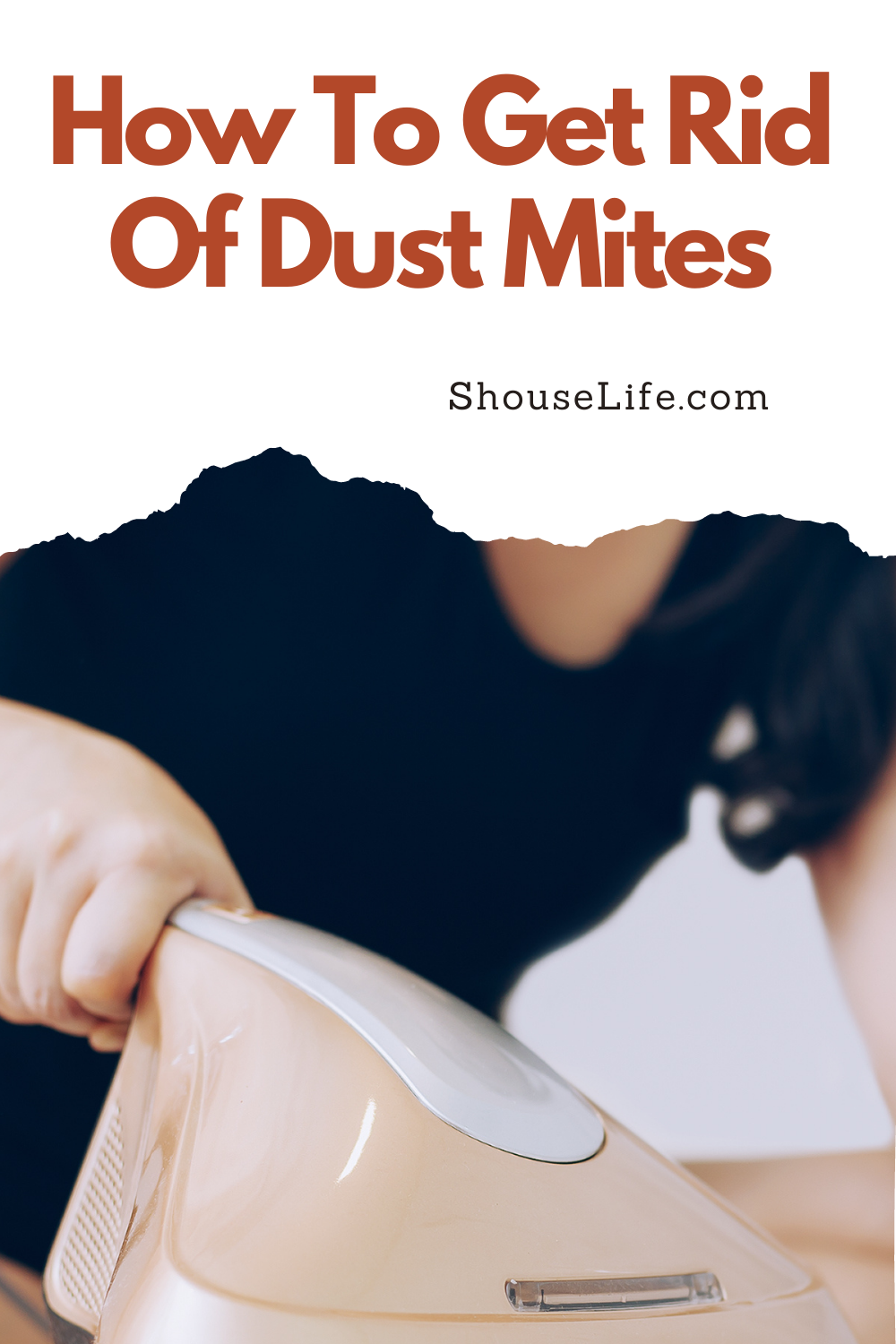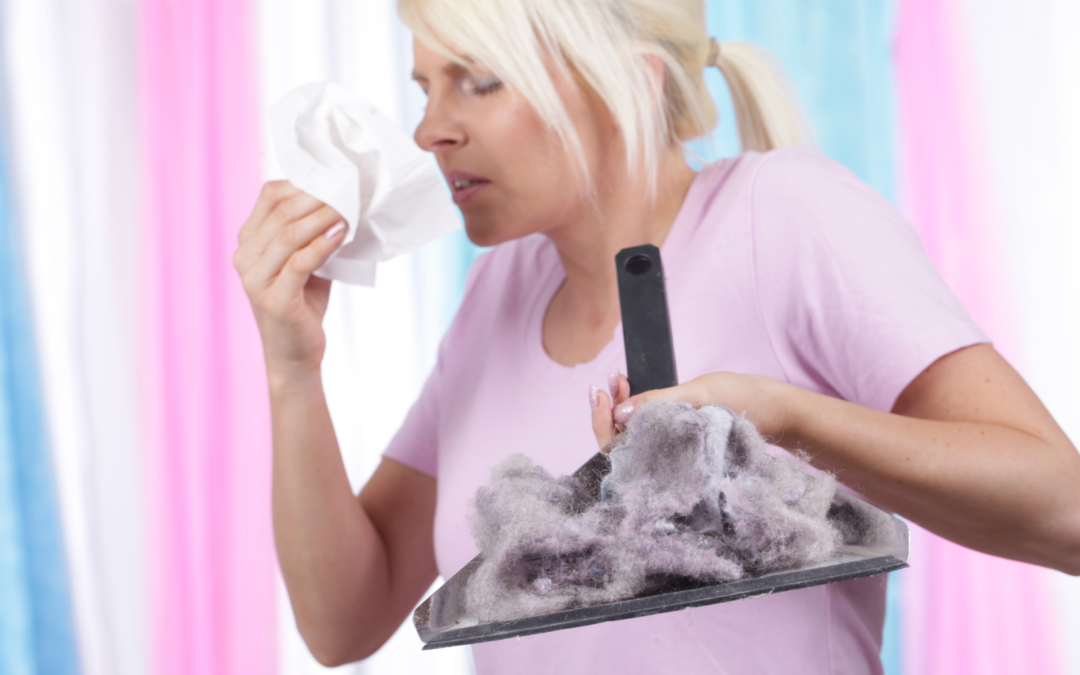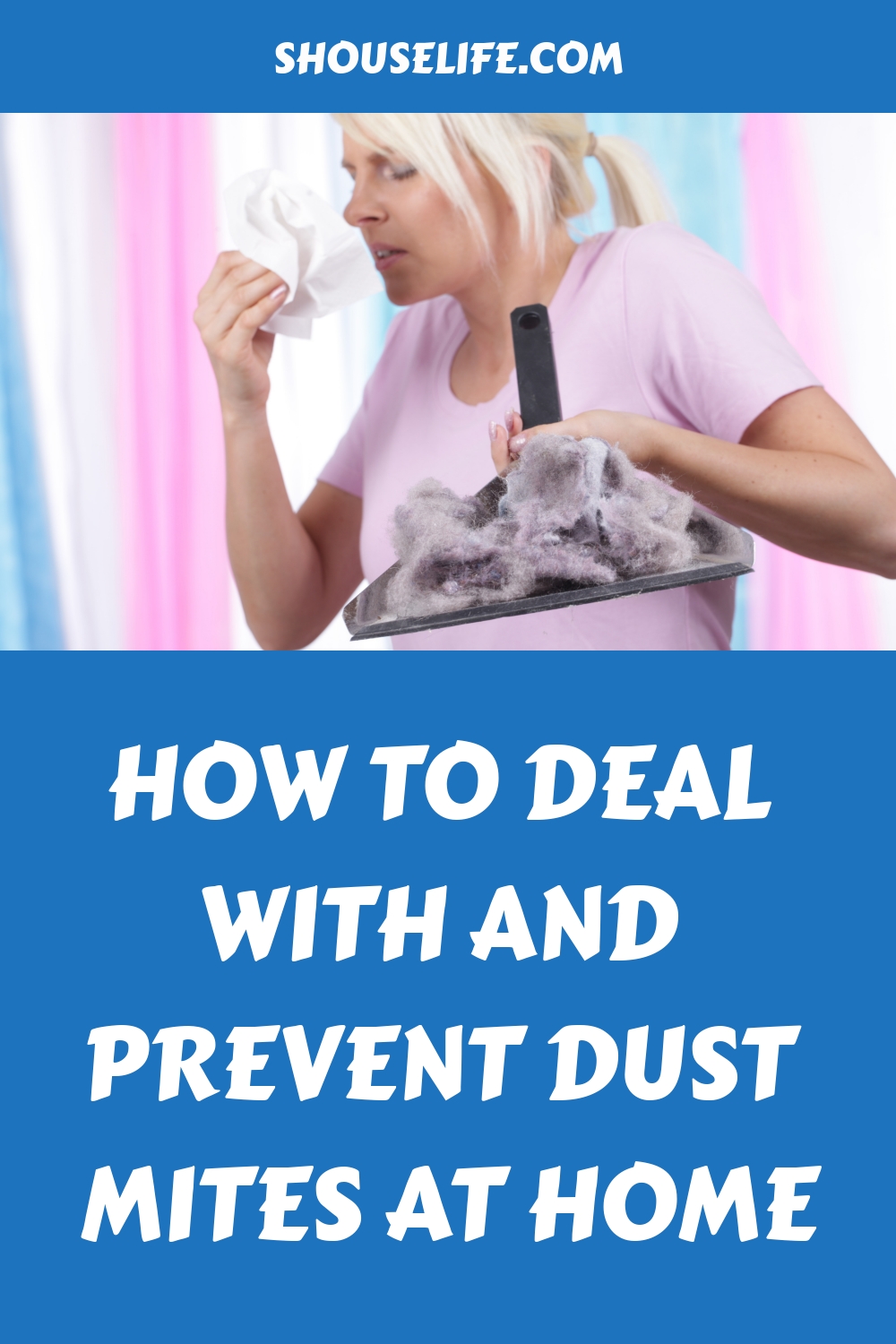Dust mites are tiny bugs that live in dust-prone areas of the home and feed off humans’ and pets’ dead skin cells and food debris. Dust mites are responsible not only for sneezing and coughing but also for causing “an eczema-like skin condition,” and even, asthma attacks. However, it is possible to deal with dust mites and prevent allergic attacks.
Contents
Symptoms of House Dust Mite Allergies
The symptoms and signs of an allergic reaction to dust mites are similar to those of the common cold or hay fever. However, close observation will reveal a few differences. Dust mite allergy symptoms include the following signs:
- Sneezing first thing in the morning
- Feeling better when going outside
- Feeling the onset of allergy symptoms when doing housework, such as making the beds.
Symptoms of dust mite allergies also include nasal congestion or itchy nose and the symptoms could be aggravated at night when in a bed that may be infested with these tiny bugs.
How to Prevent Dust Mites in the Bedroom
Since these microscopic creatures thrive in dust, the best solution is to create a completely dust-free environment. There are a few ways of doing this and while it does require a great deal of effort to keep the environment free of dust, the disappearance of allergy symptoms will make the effort worth it. The first step should be to clean out the bedroom completely.
- Vacuum the walls and ceilings to remove any traces of dust.
- Air out mattresses regularly and switch to synthetic pillows since these are easier to wash.
- Cover the mattress with a tight-fitting dustproof or allergy mattress cover. The pillows, too, can be covered with dust-proof covers and then, further covered with a pillowcase.
- Wash pillows as well as other bedding in hot water once a week to kill the mites.
Preventing Dust Mites in Other Parts of the House
- Clean out the living and dining rooms completely. Wipe or vacuum the walls and ceilings.
- Vacuum carpets and upholstery once a week or even twice to get rid of mites. Use a face mask that covers the nose and mouth while performing household chores, such as making the bed or vacuuming.
- Wet wipe surfaces that may gather dust, such as tables, chairs, countertops, window sills, doors, and closets.
- Switching to plain plastic or wooden furniture will reduce the number of areas that the mites may live in.
- Remove all deep-pile carpets and rugs and switch to short-pile throw rugs and plain hardwood, tile, or linoleum flooring. Short-pile rugs are easier to wash and dry and because of the small size, floors will also remain drier, thus, preventing the mites from multiplying.
- Dust mites favor humid conditions, so reduce humidity by either using an air-conditioner or a dehumidifier.
Medications for Dust Mite Allergies
Over-the-counter allergy medicines can help relieve dust mite allergy symptoms. Antihistamines, such as Benadryl, and decongestants, such as Sudafed, can help reduce discomfort caused by runny noses or congested nasal passages, sneezing bouts, and itchiness. It is vital that all allergy medicines must be taken after consulting a doctor.
Keeping surroundings as free of dust as possible will reduce the number of dust mites and alleviate the severity of allergic reactions. Keep the house and work environment absolutely spotless and bid goodbye to these tiny critters.




